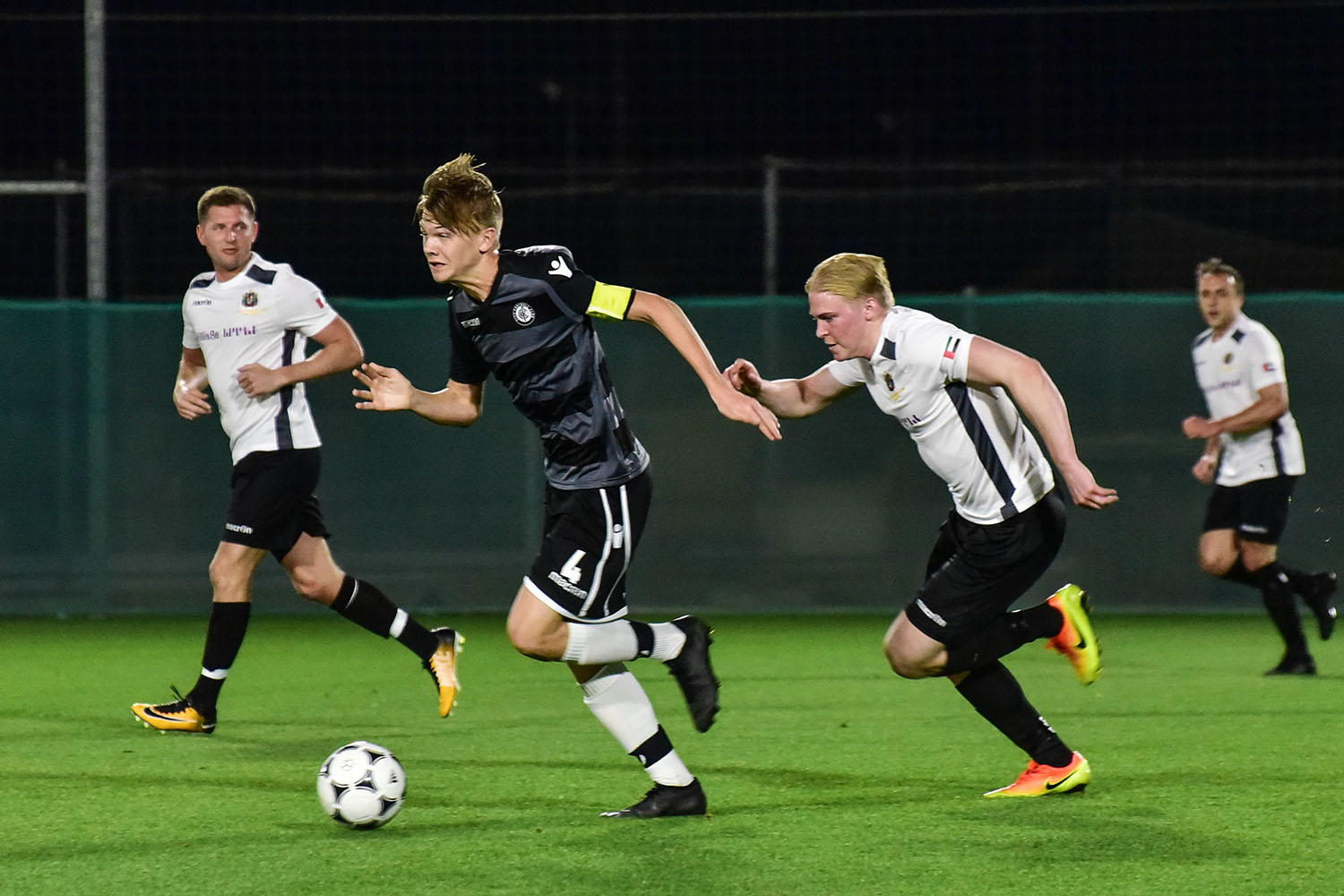Lisbon Lights Up for the Festive Season
Lisbon is set to sparkle this festive season, with Christmas markets, open-air concerts, seasonal gastronomy and New Year celebrations across the city. From late November to early January, Visit Lisbon highlights key events and festivities inviting visitors to experience the city’s winter magic.


















